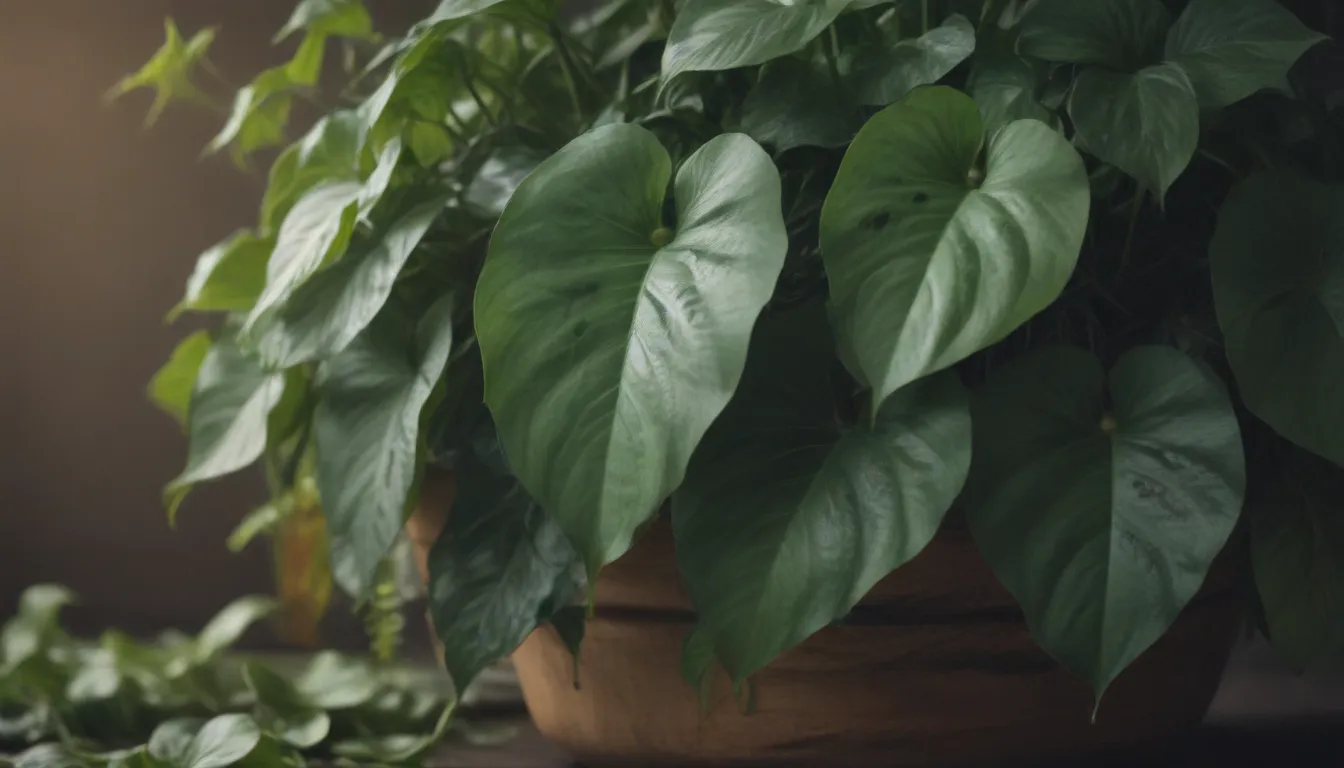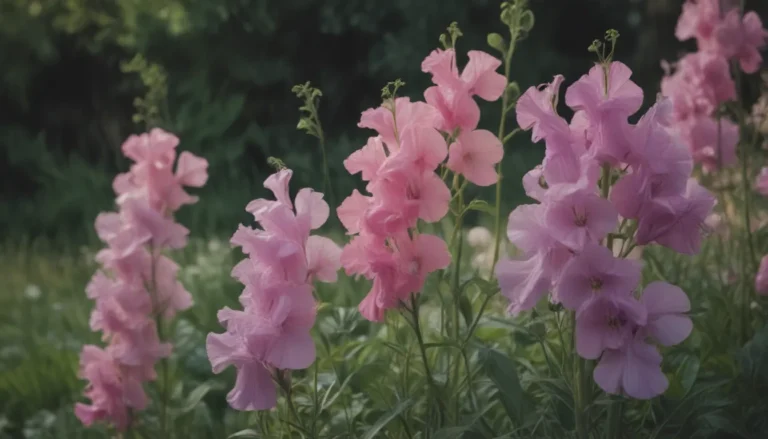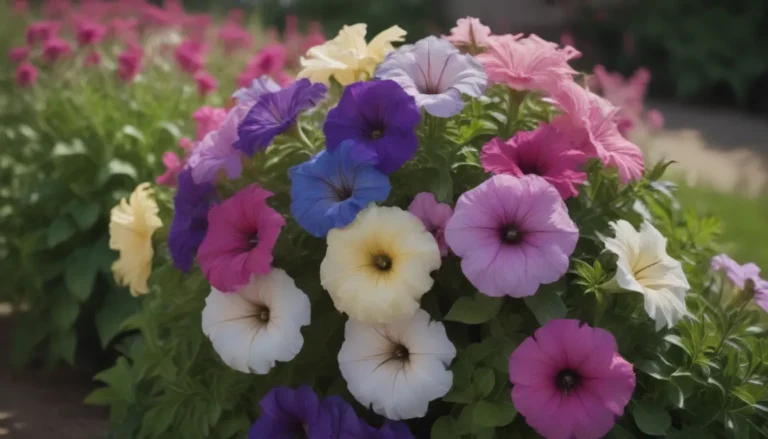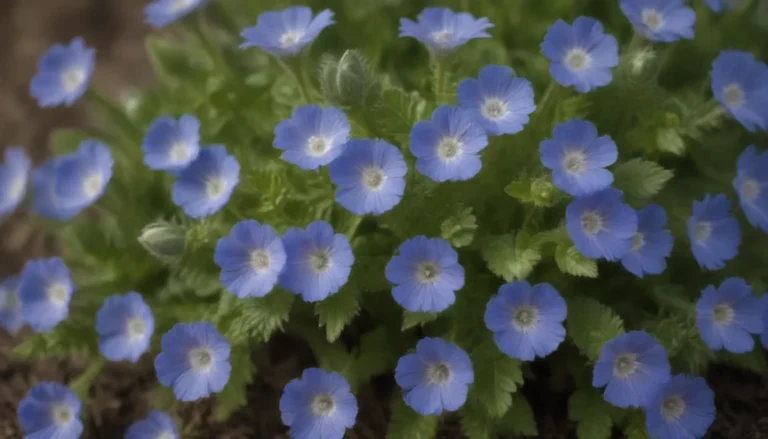The Ultimate Guide to Growing and Keeping Pothos in Water

Pothos (Epipremnum aureum) is undoubtedly one of the most beloved houseplants among both seasoned gardeners and indoor gardening beginners. Its lush foliage and low-maintenance nature make it a perfect addition to any home or office space. But did you know that you can grow and keep a pothos plant in water? In this comprehensive guide, we will explore the ins and outs of growing and caring for a pothos in water, from the necessary supplies to proper maintenance and everything in between.
Why Choose to Grow Pothos in Water?
While there are no distinct advantages to growing pothos in water as opposed to soil, many plant enthusiasts opt for this method because of its aesthetic appeal and ease of maintenance. Watching the roots grow and thrive in water can be a fascinating experience, making it a popular choice for indoor plant lovers. Additionally, growing pothos in water can serve as a unique decorative element for fish tanks or other aquatic setups within your home.
Necessary Supplies for Growing Pothos in Water
Before you embark on your journey of growing a pothos in water, make sure you have the following supplies on hand:
- A healthy pothos plant
- Clean scissors or pruning shears
- Fertilizer
- Fresh water
- A suitable container (clear glass, colored glass, propagation vase, or any watertight vessel)
Steps to Grow Pothos in Water
Growing a pothos in water is a straightforward process that anyone can master with a little bit of effort. Here’s a step-by-step guide to get you started:
1. Take cuttings: Using clean scissors or pruning shears, snip a healthy stem of the pothos plant just below a node. Nodes are the small bumps on the stem where roots will develop.
2. Prepare the container: Fill your chosen container with fresh water, ensuring that the roots of the pothos will be completely submerged while the stems and foliage remain above the water line.
3. Add pothos to water: Place the cutting in the water, making sure the roots are fully immersed. You can add multiple cuttings to the same container for a fuller display.
4. Place in bright, indirect light: Position the container in an area with ample indirect sunlight to promote healthy growth. Avoid placing it in direct sunlight as this can scorch the leaves.
Caring for Your Pothos in Water
Maintaining a pothos plant growing in water is relatively simple, but it requires regular attention to ensure its well-being. Here are some essential care tips:
-
Exchange the water: Replace the water in the container every few days to prevent stagnation and maintain freshness for the plant.
-
Clean the container: Periodically clean the container to remove any algae growth or mineral buildup that may occur over time.
-
Provide nutrients: Since pothos plants grown in water cannot extract nutrients from soil, it is crucial to nourish them with water-soluble fertilizer on a regular basis.
Fertilizing Tips for Pothos Grown in Water
When it comes to fertilizing pothos grown in water, there are a few key things to keep in mind:
-
Water-soluble fertilizers: Opt for high-quality, water-soluble fertilizers designed for hydroponic plants. These fertilizers dissolve quickly in water and provide essential nutrients for your pothos.
-
Regular fertilization: Regularly fertilizing your pothos in water is vital for its overall health and growth. Follow the instructions on the fertilizer label for the best results.
-
Nutrient imbalance: Yellowing leaves can indicate a nutrient imbalance in your pothos plant. If this occurs, replace the water and add fresh fertilizer to restore balance.
Additional Tips and Considerations
-
Rooting time: It typically takes around 10 to 14 days for roots to form on pothos cuttings in water. For transplanting into soil, allow at least three to eight weeks for sufficient root growth.
-
Transferring to soil: While pothos can thrive in water, some may prefer the transition to soil for better long-term growth and stability. Monitor the plant’s progress to determine the ideal time for transplantation.
-
Signs of nutrient deficiency: If you notice slow growth or yellowing leaves, it may be a signal of nutrient deficiency. Adjust the fertilizer regimen and water quality accordingly.
In conclusion, growing and keeping a pothos in water can be a rewarding and visually appealing experience for plant enthusiasts of all levels. By following the steps outlined in this guide and providing proper care and nutrition, you can enjoy the beauty of a thriving pothos plant in your home or office space. Experiment with different containers, fertilizers, and lighting conditions to find the perfect setup for your unique pothos in water. Remember, a little love and attention go a long way in nurturing your beloved houseplants. Happy growing!





